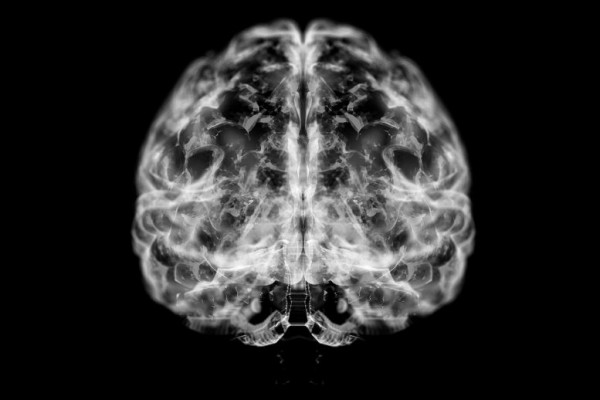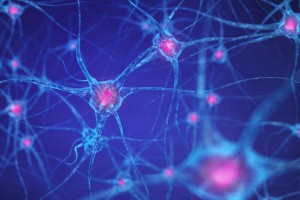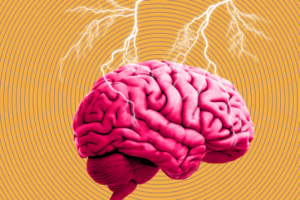Do children's brains really get thinner?
Using state-of-the-art brain imaging techniques, Vaidehi Natu at Stanford University in California, along with her colleagues from the Max Planck Institute for Human Cognitive and Brain Sciences in ...
Using state-of-the-art brain imaging techniques, Vaidehi Natu at Stanford University in California, along with her colleagues from the Max Planck Institute for Human Cognitive and Brain Sciences in Leipzig, Germany, provide striking results that suggest the brains of children likely do not thin as much as expected. Rather, it seems there is an increase of myelin, which is the fatty sheath insulating nerve fibers.
Stepping back a bit, studies have shown repeatedly that certain regions of the cerebral cortex (the outer-most layer of the brain) get thinner as children develop. And at a mere 3mm thick, on average, studies have reported that kids can apparently lose close to 1mm of gray matter by adulthood. Various hypotheses have been put forth to explain these huge losses. For example, it is established that gray matter cells and their connections can be naturally 'pruned', presumably to promote a more efficient brain. So perhaps extensive pruning in young brains could explain the thinning. Alternatively, we know that our brains expand during development. Perhaps the cortex gets stretched in the process? The new research certainly does not rule out these processes, and in fact finds evidence for the latter. However, the new work does suggest that a prominent change has gone undetected, due to limitations of prior measurements.yelin, which is the fatty sheath insulating nerve fibers.
You may read the whole text here.





Related Posts